Hey hey,
Imagine a time when sending a text message cost money.
In 2009, that was the reality. Recharge packs also came with a daily messaging limit.
That was also a time when sending a single text message cost ₹1. Back then, people counted characters and thought twice before texting or calling someone abroad.
And all that was until WhatsApp entered the market with a promise - send unlimited messages using Wi-Fi or mobile data.
At first, it looked bare without blue ticks, voice notes, and not even group chats.
But that simplicity was the magic. Today, WhatsApp is used by 2 billion people, from 10-year-olds texting friends to grandparents sharing good morning GIFs.
And yet, it still feels just as simple.
So, how did WhatsApp become the default way the world texts?
Let’s break it down!
A Humble Beginning
Jan Koum and Brian Acton, both ex-Yahoo employees, hated missing phone calls.
Koum had just bought an iPhone and wanted a simple app to show your status, like at the gym or battery low, so friends would know if you were free to chat.
So he built a prototype and chose a punny name, “WhatsApp” (as in “What’s up?”). The first version of WhatsApp launched in early 2009 and… flopped.
It was buggy and kept crashing. Users didn’t stick around, and Koum almost gave up.
But in June 2009, Apple introduced push notifications. And that changed everything.
Now, WhatsApp could ping users when someone updates their status.
People started using it differently by setting funny or useful messages, such as “I’m on my way” or “Can’t talk now.” It became a casual way to chat.
Koum noticed this user pattern, so he pivoted.
By August 2009, WhatsApp 2.0 launched with a proper messaging feature. Within a few weeks, 250,000 users had joined.
Later that year, Brian Acton officially became a co-founder. He also brought in a much-needed $250,000 in seed funding.
In 2010, they expanded WhatsApp to BlackBerry, Android, and Nokia phones. Even Google reportedly tried to buy WhatsApp in 2010.
But Koum and Acton were in it for the long game.
Word of Mouth to 400 Million Users
In WhatsApp’s early days, there was no marketing budget.
One way WhatsApp has spread is through virality built right into the app.
Whenever someone installed WhatsApp, it scanned their phone contacts and showed who else was already using it. That made it super easy to start chatting instantly.
If your friends weren’t on the app, you would naturally nudge them to join.
This frictionless setup with WhatsApp’s clean design and reliable service led to explosive growth. By 2011, WhatsApp had become one of the top 20 apps on the App Store. No ads or spammy invites. Just an app people kept recommending.
To manage this rapid growth, the founders charged users $1 per year after a free trial.
That was not to profit but to cover SMS verification costs and avoid server crashes from sudden spikes. In reality, most early users weren’t even charged.
But the principle was to grow slowly and smartly.
At the same time, SMS was still massive, but WhatsApp was catching up fast.
- By early 2013, WhatsApp had 200 million active users and was processing 18 billion messages daily.
- By early 2014, that number had jumped to 64 billion messages in a single day. That’s double the global SMS volume.
A little app had outpaced the telecom industry’s core service.
WhatsApp’s growth wasn’t limited to one region either.
It took off globally, especially in countries like India, Brazil, Mexico, and Russia, where expensive SMS plans made WhatsApp a no-brainer.
By the end of 2013, WhatsApp had 400 million active users.
That’s 2x user base in just one year, with zero marketing spend. The network effect was in full swing. The more people joined, the more essential it became.
The Facebook Acquisition (2014)
1 million new users were joining WhatsApp every day, and Facebook saw the writing on the wall. As Mark Zuckerberg said:
WhatsApp is on a path to connect 1 billion people
It took Facebook 8 years to reach the same milestone. WhatsApp also had higher engagement than Facebook itself (people opened it multiple times daily to chat).
In short, it wasn’t about what WhatsApp earned in 2014 but about the potential to become the default messaging service for the world.
In February 2014, Facebook announced it would buy WhatsApp for $19 billion. That was one of the biggest tech acquisitions ever, and the tech world was shocked.
It instantly turned Koum and Acton into Silicon Valley icons.
After the acquisition, both companies promised to run the app as smoothly as it was before. WhatsApp would run independently, stay fast and secure.
Most users didn’t even notice the change in ownership. And that was intentional.
But behind the scenes, tension was slowly building. Facebook’s monetization mindset would eventually clash with WhatsApp’s user-first philosophy.
For now, though, WhatsApp had one goal: grow even faster and start building features that could justify that $19 billion price tag.
Feature Evolution (2014–2016)
After 2014, WhatsApp went from a lean messaging app to a platform of rich communication features. But in WhatsApp’s trademark minimalist style.
They knew users loved WhatsApp for its simplicity, so every new feature had to feel just as easy as sending a text.
Voice calls were one of the first big additions. WhatsApp introduced free internet voice calling in 2015, turning it into a global phone service overnight.
Suddenly, calling your friend abroad didn’t incur pricey long-distance charges. You could WhatsApp call them for free.
Within a year, users were making over 100 million voice calls a day on WhatsApp. Later, in 2016, they added video calls, bringing face-to-face chat into the mix.
Then, they launched the WhatsApp Web client in 2015, so people can send messages from their computer browser while still syncing with their phone.
But it wasn’t perfect (your phone had to stay online for it to work back then). In April 2016, WhatsApp turned on end-to-end encryption for all messages and calls.
It meant that every text, photo, or call on WhatsApp was now locked with a unique cryptographic key, so only the sender and recipient could read/listen.
Even WhatsApp couldn’t spy on your conversations, even if they wanted to.
Many security experts praised this move.
And WhatsApp proudly advertised that “Messages to this chat and calls are now secured with end-to-end encryption” on every chat screen.
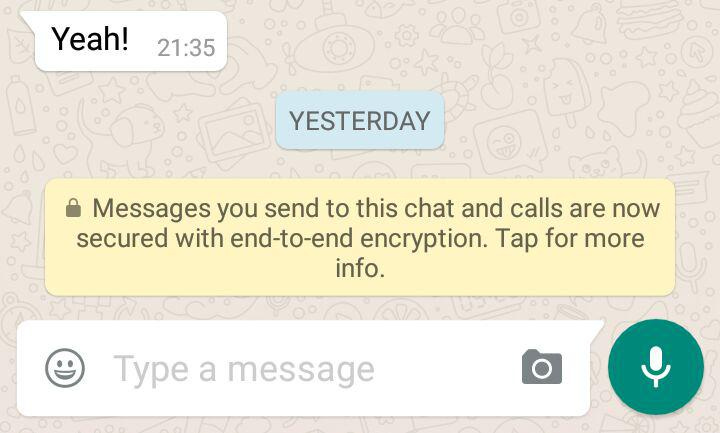
At a time when people were worrying about government surveillance and hacking, this feature was a huge selling point. It also built trust.
On the lighter side, WhatsApp added emojis, voice notes, and group chats.
By 2016, group chats could include 256 people, not huge by Telegram standards, but quite enough for massive family groups or work teams.
In early 2017 (on WhatsApp’s 8th birthday), they even copied a page from Snapchat’s book and launched WhatsApp Status for sharing media that vanish in 24 hours.
It felt out of character for a messaging app, but millions used it.
All these features kept users engaged and happy, but they also raised a question: with Facebook now at the helm, how will WhatsApp make money?
After all, in January 2016, WhatsApp had removed the last bit of revenue it had (that $1 annual fee) to make the app completely free.
The answer would emerge in the form of new business-focused features, but not without some drama along the way.
Also Read: Skype Was Finally Shut Down 2 Months Ago
Clashes with Authorities (2016–2018)
As WhatsApp grew more influential, it found itself in the crosshairs of governments and even its own parent company.
The end-to-end encryption that made WhatsApp loved by privacy advocates also made law enforcement unhappy.
Officials around the world realized they couldn’t eavesdrop on WhatsApp messages, even with a warrant, because WhatsApp had no access to the content.
That led to some high-profile standoffs. For example, in Brazil, courts repeatedly shut down WhatsApp for failing to hand over data in criminal investigations.
In one 2016 case, a Facebook executive was even arrested in Brazil because WhatsApp (owned by FB) wouldn’t break encryption in a drug trafficking probe.
Brazil’s judges banned WhatsApp nationwide three separate times in 2015-2016, causing millions of users (and businesses) to protest until the bans were lifted.
The privacy vs. security fight had begun.
WhatsApp held its ground, refusing to build backdoors for governments, citing that any such backdoor could be exploited by bad guys too.
Even more drama was unfolding inside the company.
The strong privacy stance of WhatsApp’s founders clashed with Facebook’s goals.
Brian Acton quit in 2017 due to disagreements about how to monetize WhatsApp and concerns that Facebook would weaken encryption.
A few months after leaving, Acton tweeted “It is time. #deletefacebook” during the Cambridge Analytica scandal.
Jan Koum hung on a bit longer, but in April 2018, he too resigned and walked away from WhatsApp, citing concerns over user data and privacy.
His parting words were:
I sold my users’ privacy.
With the founders gone, many worried whether Facebook would monetize WhatsApp with ads. Facebook, for its part, kept WhatsApp free of ads (to this day).
But other, subtler changes caused uproar.
In January 2021, WhatsApp announced a new privacy policy that would allow some data sharing with Facebook, and gave users an option to accept it or lose access.
The change was to help businesses on WhatsApp, but poor communication led to panic that “Facebook will read your WhatsApp messages!”
Millions of users flocked to alternatives like Signal and Telegram in early 2021.
It was a PR fiasco.
WhatsApp had to delay and clarify the update, insisting that chats remained private and the new terms mostly affected how businesses could operate on the app.
The lesson was that trust is hard to earn and easy to lose. WhatsApp learned to be very careful with privacy messaging moving forward.
Liking this post? Get the next one in your inbox!
The Misinformation Dilemma (2018–2020)
Even as WhatsApp won privacy and free expression, it encountered a dark side of its success: people spreading misinformation.
Because messages are private and can spread virally, WhatsApp became a breeding ground for rumors in some countries, with tragic consequences.
In 2018, horrific mob lynchings in India were linked to false WhatsApp rumors.
Hoax messages about “child kidnappers” spread like wildfire in rural areas, and innocent people were killed by mobs who believed the lies.

Nearly 20 people lost their lives due to these WhatsApp-fueled rumors in India in 2018. The Indian government demanded action.
For an app built on no censorship, this was a huge challenge: How do you stop dangerous misinformation without breaking encryption or altering the app?
WhatsApp’s solution was to tweak the mechanics of message forwarding. In mid-2018, they limited forwards to 5 chats at once (down from 20 previously).
They also labeled forwarded messages as “Forwarded” to let people know that it wasn’t original information, and it can be right or wrong.
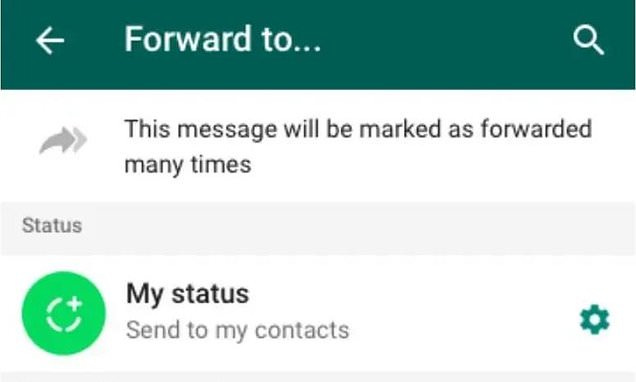
These small friction changes had a big impact, so viral messages could no longer snowball as easily. By early 2019, the 5-recipient forward limit was rolled out globally.

WhatsApp later said this cut highly forwarded messages by 70% in their network. It became a case study in product design used to curb misuse.
WhatsApp also partnered with fact-checkers, ran public education campaigns, and even sued companies that were abusing WhatsApp with bulk messaging.
The problems weren’t just in India. In Brazil’s 2018 elections, political disinformation spread through WhatsApp groups, funded by third parties.
Around the world, WhatsApp has become the new Facebook in terms of a channel for fake news. But harder to police since everything was private.
This remains an ongoing battle.
Every time misinformation flares up (e.g., COVID-19 cures, election conspiracies), WhatsApp has to get creative to slow the spread without reading messages.
Also Read: How Uber Revolutionized Transportation
WhatsApp for Business (2018–2022)
WhatsApp under Facebook’s roof still had to answer: How will this thing make money?
The answer came by opening WhatsApp to businesses. After all, millions of small businesses were already informally using WhatsApp to chat with customers.
Why not give them tools and charge bigger companies for premium access? In January 2018, WhatsApp launched the WhatsApp Business app for small businesses.
It allowed mom-and-pop stores to create a business profile, with labels, quick replies, and automated away messages to help manage customer chats.
It was free, and the goal was to get businesses hooked on using WhatsApp.
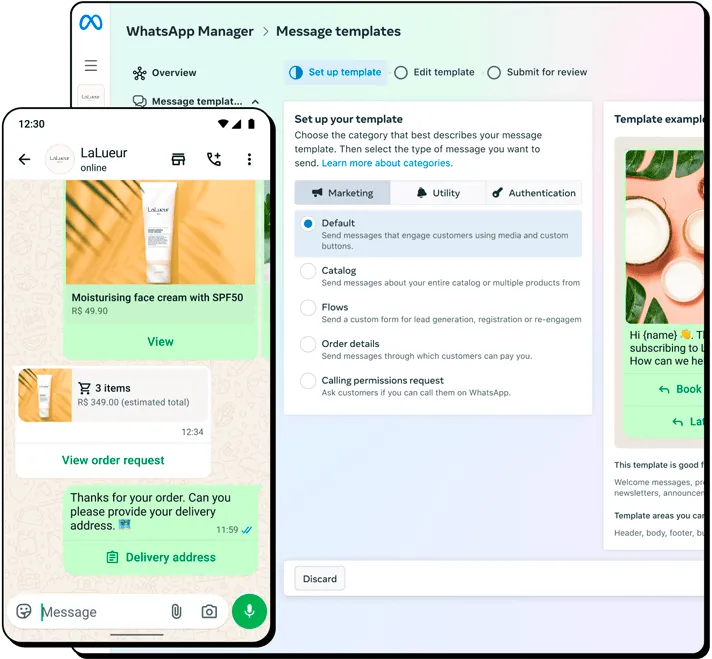
For larger enterprises, WhatsApp opened a Business API later in 2018, so companies can integrate WhatsApp into their systems (for things like order confirmations, etc.).
Unlike personal chats, businesses could be charged for certain messages (for example, a bank might pay a tiny fee to send you a fraud alert via WhatsApp).
Facebook kept this strategy smart. They have kept the user experience ad-free and free of cost, but asked businesses to pay for advanced features.
By 2023, WhatsApp Business had over 200 million monthly users, and thousands of medium and large companies were paying for the Business API service.
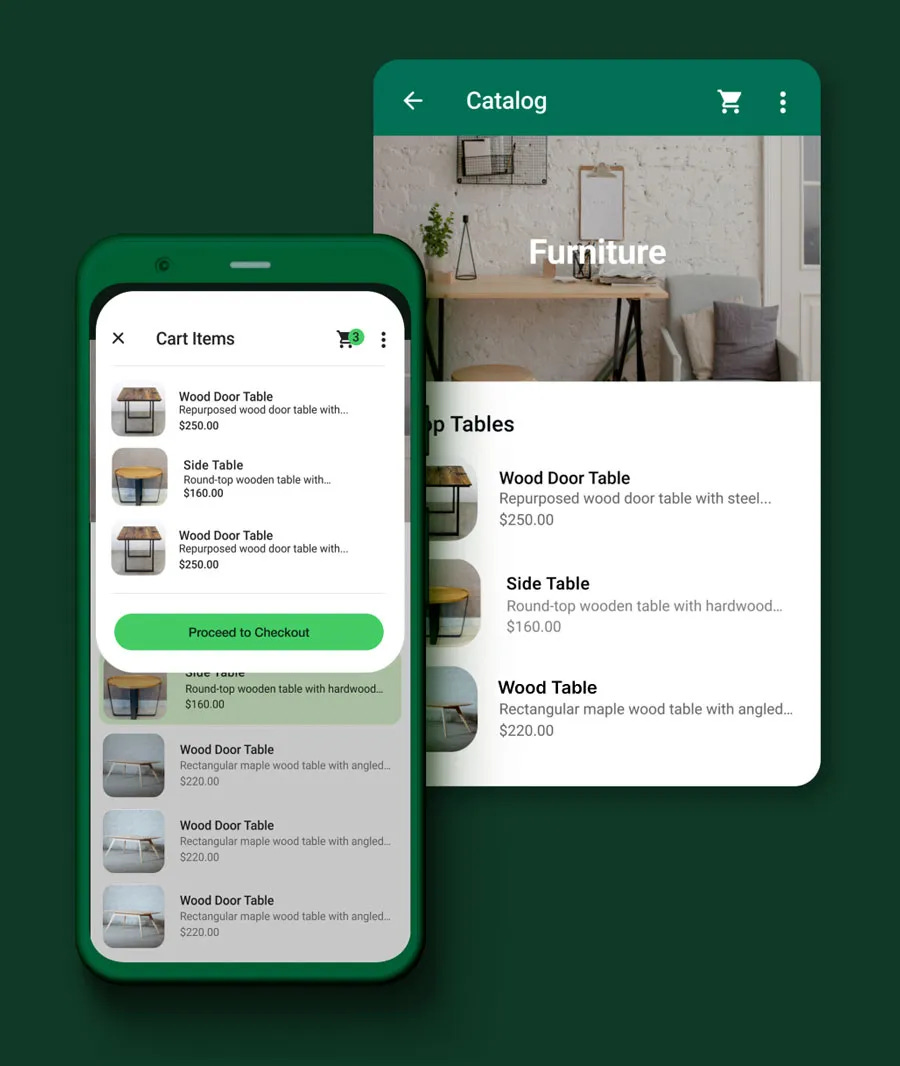
Facebook (Meta) also pushed integration between WhatsApp and its other services.
For instance, a business could run a Facebook ad that lets you click a button to message them on WhatsApp instantly.
They also developed Cloud API hosting in 2022, so companies could use WhatsApp’s API without managing any servers (and Meta would charge for that hosting).
These moves showed WhatsApp’s transformation from a pure peer-to-peer app into a customer service and commerce channel.
Users, for the most part, weren’t bothered by these features since they were optional.
WhatsApp carefully kept businesses in a separate bucket. For example, messages from businesses are labeled, and you have the power to block any that spam you.
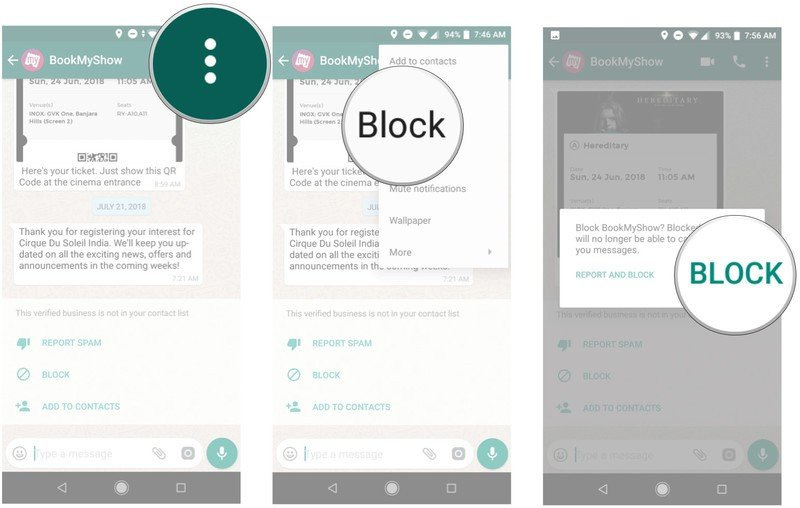
So monetization was achieved not by showing ads, but by enabling new services around the core chat experience.
And payments is one more way Meta explored.
In markets like India, digital payments were booming, and competitors like WeChat had shown that messaging apps can earn as wallets.
WhatsApp set its sights on becoming a payments platform too.
It wasn’t easy as regulatory hurdles slowed them for years. Finally, by 2020, WhatsApp Pay launched in India for peer-to-peer money transfers.
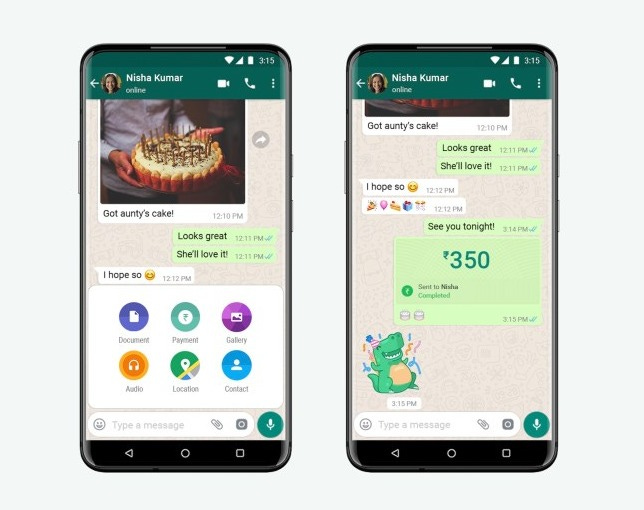
The rollout was cautious (initially limited to 20 million users by regulators), but by 2022, WhatsApp Pay was available to everyone in India.
Similarly, WhatsApp launched payments in Brazil in 2020 but was temporarily blocked by the Central Bank for competition concerns. They later relaunched it.
The vision was clear: WhatsApp as a super-app, where you not only chat, but also pay for your lunch, buy movie tickets, or order groceries, without leaving the app.
By 2025, WhatsApp isn’t a super-app yet (not like WeChat in China), but it has moved beyond chat. It’s now a platform for communication and commerce.
New Frontiers (2023–2025)
Even after a decade and a half, WhatsApp is still growing. Recent years have seen features that change how people use the app fundamentally.
One big feature is Communities.
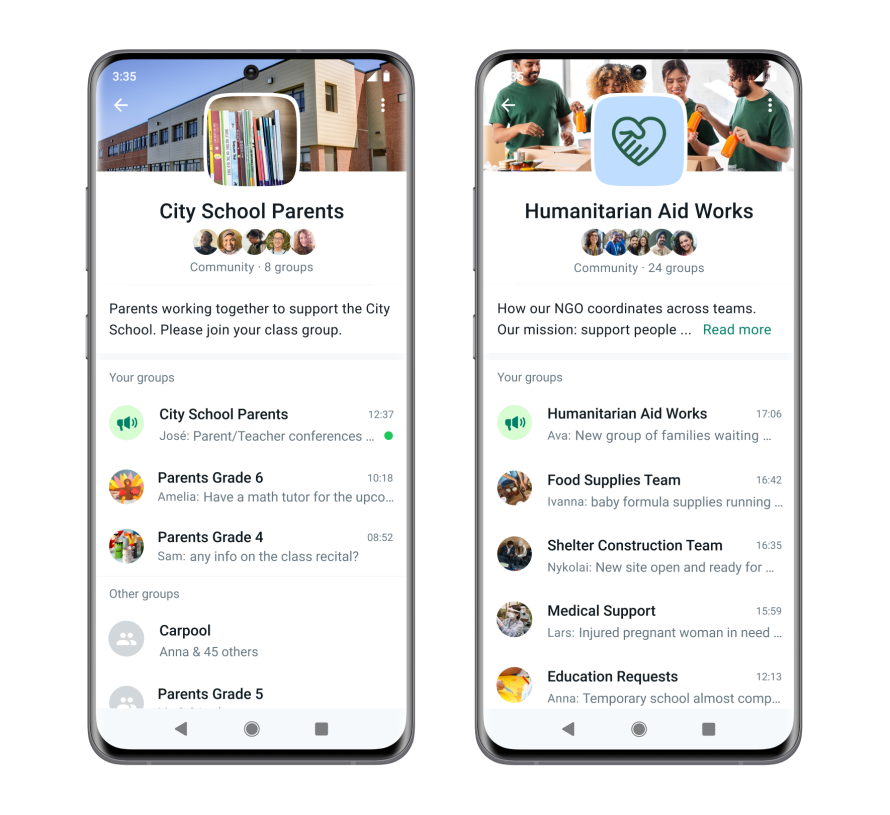
Launched globally in late 2022, Communities let you organize group chats under a larger umbrella.
It’s WhatsApp’s answer to platforms like Slack or Discord, but for more informal networks, such as neighborhoods and parent-teacher groups.
By allowing up to 1,024 members in a group and 32-person video calls, WhatsApp started to blur the line between a private messenger and a group forum.
Hot on the heels of Communities, WhatsApp introduced Channels in 2023.

If Communities are for tighter circles, Channels are a one-to-many broadcast tool for influencers, brands, or anyone who wants to send updates to a large audience.
It’s more like a newsletter or Twitter feed inside WhatsApp, and importantly, these messages are not end-to-end encrypted (since they are public broadcasts).
By late 2023, this feature rolled out everywhere. It’s also a potential future revenue stream (imagine WhatsApp charging for premium Channel features or promotion).
Beyond these, WhatsApp has piled on a bunch of nifty improvements:
- You can edit messages after sending (finally!)
- Use the same WhatsApp account on multiple phones (a long-awaited feature, rolled out in 2023), log in with a secure passkey instead of SMS code.
- Chat with AI assistants (Meta’s Llama 2 AI was added into WhatsApp in 2024 for things like image generation and answers).
So, what can we learn from WhatsApp’s epic journey?
Lessons From WhatsApp's Growth
1. Solve a real problem and do it simply
WhatsApp’s founders solved the pain of costly, unreliable texting by making messages internet-based and practically free. They kept the interface dead-simple.
Simplicity was their superpower, which made the product accessible to all.
- Identify the core user need and meet it with as little friction as possible. Delight users before worrying about monetization.
2. Leverage network effects
WhatsApp grew because it tapped into the most powerful network, your address book. It spread organically through contacts, a built-in virality.
The team also smartly controlled its growth (even using a $1 fee as a brake when needed) to ensure they could scale infrastructure and maintain quality.
- Design your product to encourage sharing/use with friends, but have a plan to handle hypergrowth so you don’t crash and burn.
3. Stand firm on core values
WhatsApp’s stance on privacy and user experience built trust. Even when pressured by a parent company or governments, they largely stood by what users cared about.
The 2021 backlash showed how quickly trust can erode if users feel betrayed.
- Establish the principles your product and team stand for, and fight to uphold them. A great product is as much about what you don’t do as what you do.
The app today is a far cry from the bare-bones one in 2009. Yet, it somehow still feels simple to use for a 4th-grader or a grandparent.
That’s the magic of WhatsApp’s product strategy.
They added every feature with restraint, and it’s a lesson in knowing what not to build.
While other apps chase attention, WhatsApp quietly focuses on frictionless communication. Just fast, reliable messaging that “just works.”
Even its design choices, such as the double tick marks, clean UI, and chat backups, were made to reduce anxiety, not increase engagement time.












